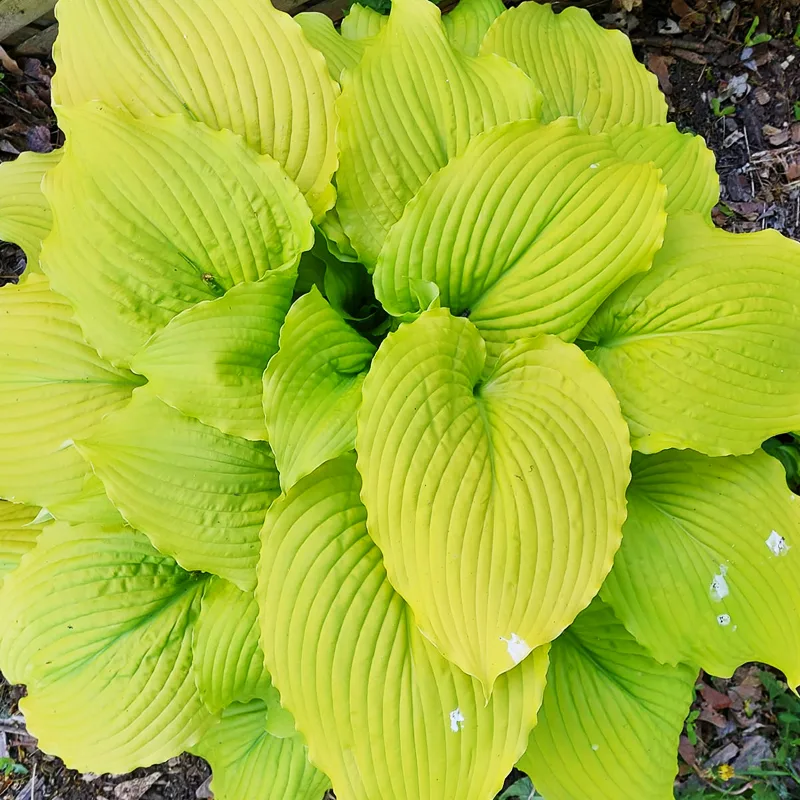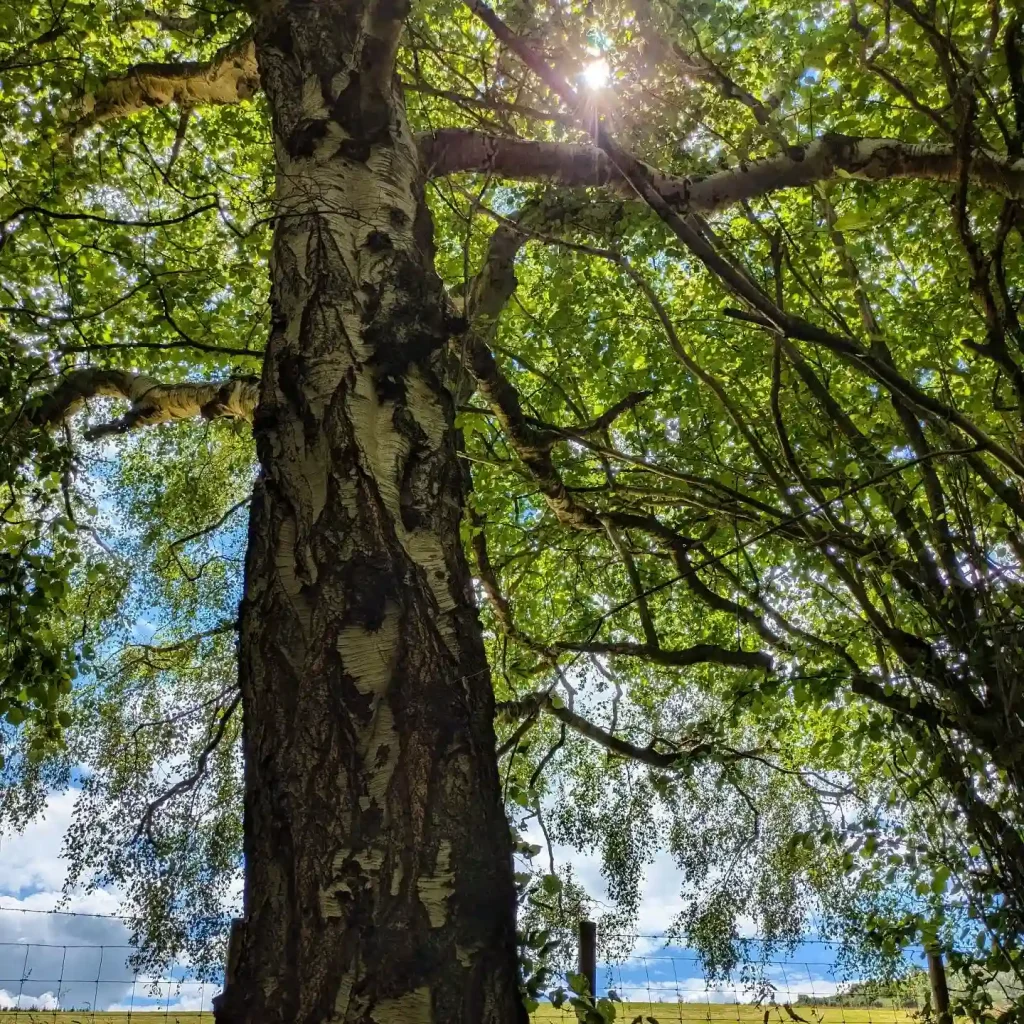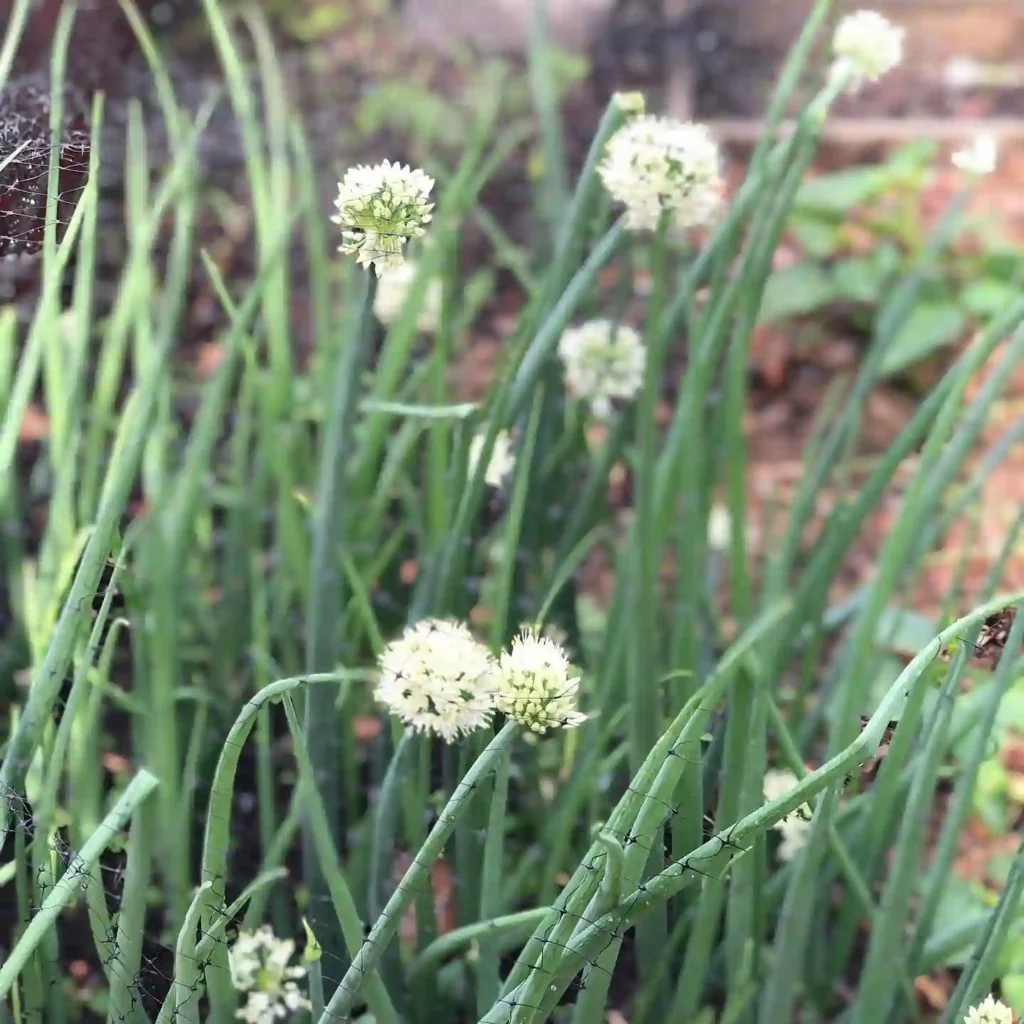FAQs of Clematis Alpina
Clematis Alpina has become one of my favorite climbing plants. Its beautiful flowers and versatility make it a wonderful addition to any garden. However, as I’ve learned over time, it’s essential to understand its care and characteristics to maximize its potential. Here are some frequently asked questions that I often come across regarding Clematis Alpina.
391 Species in Genus Clematis
Is Clematis Alpina Evergreen?
One common question is whether Clematis Alpina is evergreen. The short answer is no; it is not evergreen. This plant is deciduous, meaning it loses its leaves in the fall. However, it compensates for this with stunning blooms in spring, making it a delightful sight when it comes alive with color.
Where to Plant Clematis Alpina?
Choosing the right location for Clematis Alpina is crucial. I’ve found that it thrives in a spot with well-drained soil and plenty of sunlight. Ideally, it prefers at least six hours of direct sunlight daily. However, it can tolerate partial shade, especially in hotter climates. Additionally, planting it near a trellis or fence provides the perfect structure for climbing and support.
Can I Grow Clematis Alpina in a Pot?
Yes, you can grow Clematis Alpina in a pot! When I first started gardening, I grew it in a container on my balcony, and it thrived beautifully. Just ensure the pot is large enough (at least 12 inches deep) and has good drainage. Using a high-quality potting mix will help the plant establish itself and flourish.
When to Plant Clematis Alpina?
Timing is essential when planting Clematis Alpina. I usually recommend planting in early spring or fall. This gives the roots time to establish before the hot summer or freezing winter sets in. If you’re planting in spring, ensure the last frost has passed.
How to Care for Clematis Alpina?
Caring for Clematis Alpina is relatively straightforward. It benefits from regular watering, especially during dry spells. I often water it deeply rather than frequently to encourage deep root growth. Additionally, applying a balanced fertilizer in early spring helps promote healthy growth.
How to Propagate Clematis Alpina?
If you want to expand your Clematis Alpina collection, propagation is easy. I typically propagate it through cuttings. In late spring or early summer, I take 4-6 inch cuttings from healthy stems and place them in a pot with moist potting mix. Keeping the cuttings in a warm, bright spot and ensuring they remain moist will encourage rooting.
How to Prune Clematis Alpina?
Pruning is another essential aspect of caring for Clematis Alpina. I usually prune it after flowering, around late summer to early fall. This helps maintain its shape and encourages new growth for the following season. I remove any dead or weak stems, cutting them back to healthy buds.
When to Cut Back Clematis Alpina?
As mentioned earlier, cutting back Clematis Alpina is best done after it has finished blooming. This timing allows the plant to focus its energy on developing new buds for next year. I typically do this in late summer or early fall, making sure to use clean, sharp pruning shears to avoid damaging the plant.
Can You Grow Indoor?
While I have not grown Clematis Alpina indoors, it is technically possible. However, it requires a lot of light—ideally, a south-facing window would work best. If you decide to try growing it indoors, be sure to provide a trellis or something for it to climb on.
Is Clematis Alpina Toxic?
Another concern for many is toxicity. Clematis Alpina is considered non-toxic to pets and humans, which is a relief for gardeners like me with curious pets. However, it’s always best to supervise pets around any plants just in case.
Common Problems with Clematis Alpina
Even though it’s a hardy plant, Clematis Alpina can face issues like powdery mildew or root rot, especially in overly damp conditions. I make sure to provide adequate air circulation and avoid overhead watering to prevent such problems. Regular inspection also helps catch any pests early, allowing for prompt treatment.
What to Plant with Clematis Alpina?
If you’re considering companion plants, consider planting it alongside other perennials that enjoy similar conditions. I often pair it with roses, which provide an elegant backdrop for its blooms, or other climbing plants that won’t compete for space.
Conclusion
Clematis Alpina is a fantastic addition to any garden, whether in the ground or a pot. By understanding its needs and addressing common concerns, you can enjoy its vibrant blooms for years to come. I’ve found it to be a rewarding plant that adds charm and beauty, and I hope you will too!
If i die, water my plants!



